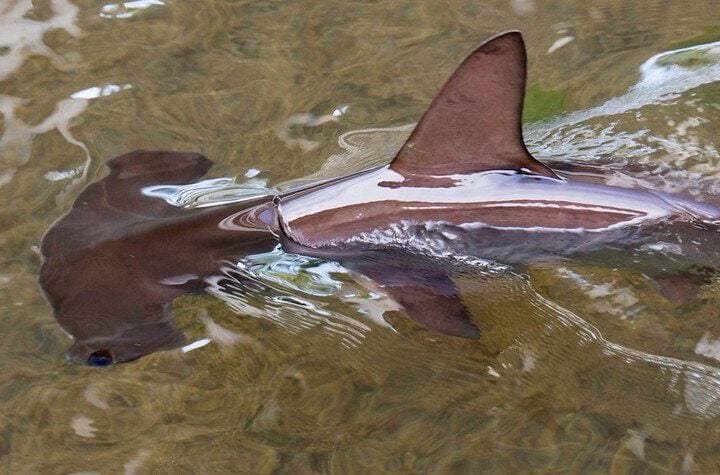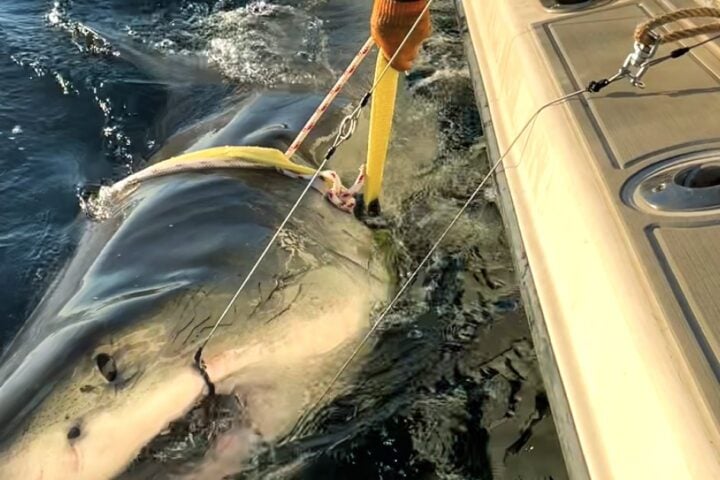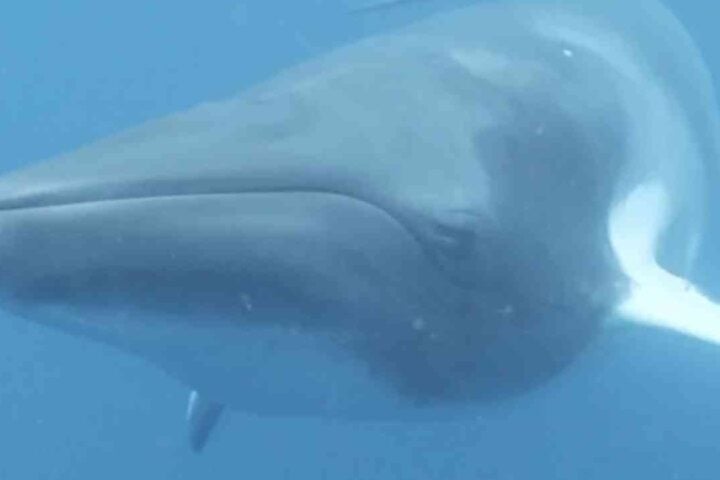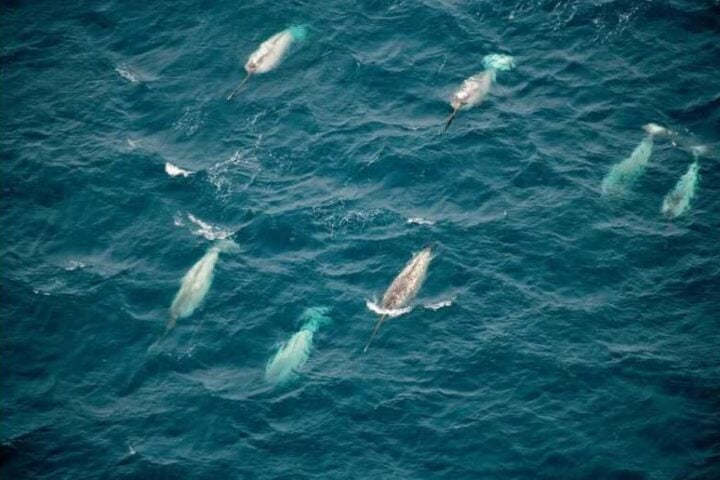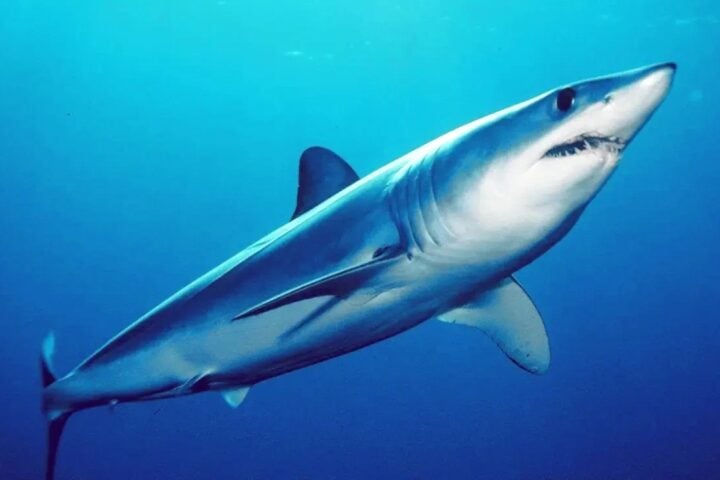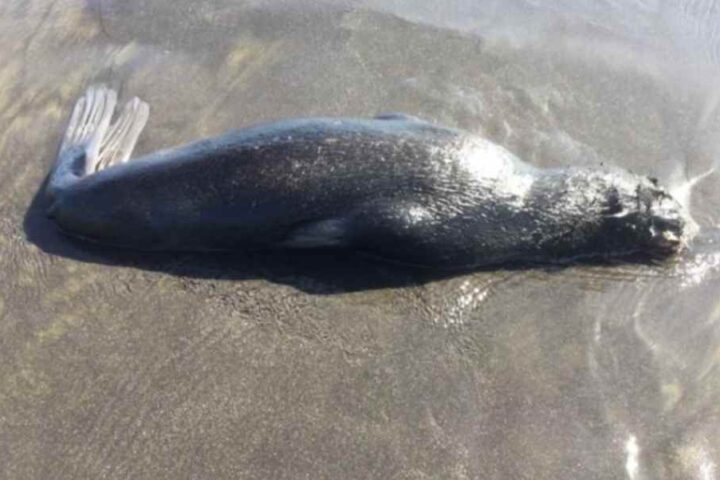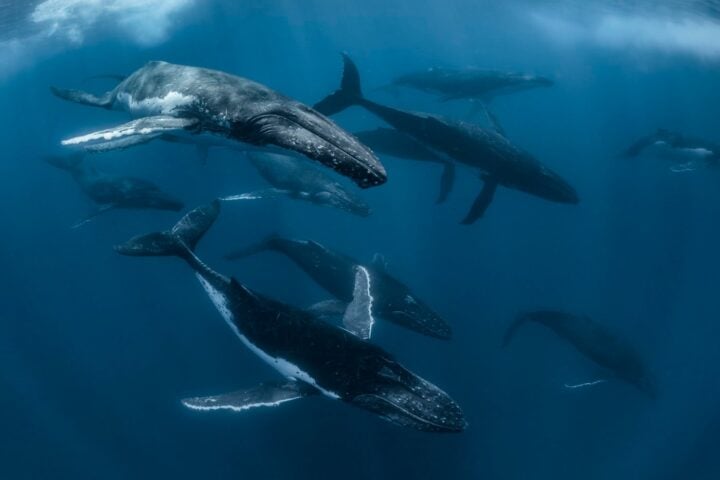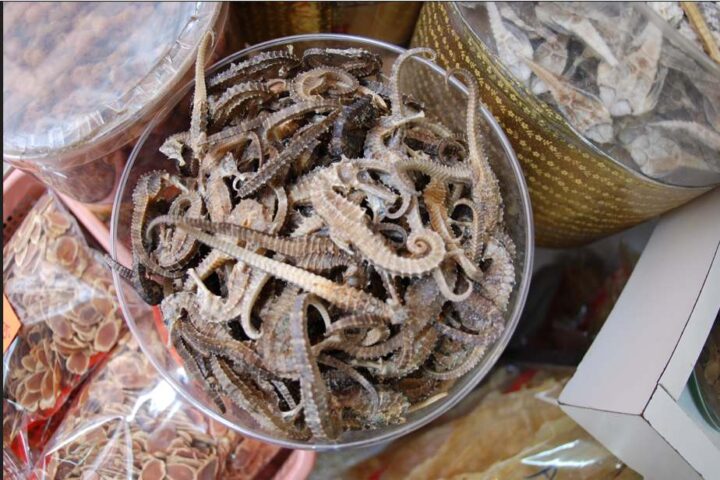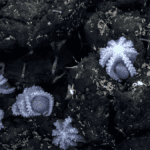In the recesses of the ocean, mysteries continue to unfold, reminding us how much of our blue planet remains untouched and uncharted. Recently, in the depths of the East Pacific Rise, a significant discovery has changed our understanding of hydrothermal vent ecosystems.
For years, the tumultuous geysers of hydrothermal vents have been known to harbor an array of bizarre organisms on their surfaces. But the recent expedition led by Dr. Monika Bright, from the University of Vienna, aboard Schmidt Ocean Institute’s research vessel Falkor (too), has illuminated an entirely new dimension of life – right beneath these undersea volcanoes.
“Our understanding of animal life at deep-sea hydrothermal vents has greatly expanded with this discovery. Two dynamic vent habitats exist. Vent animals above and below the surface thrive together in unison, depending on vent fluid from below and oxygen in the seawater from above.”
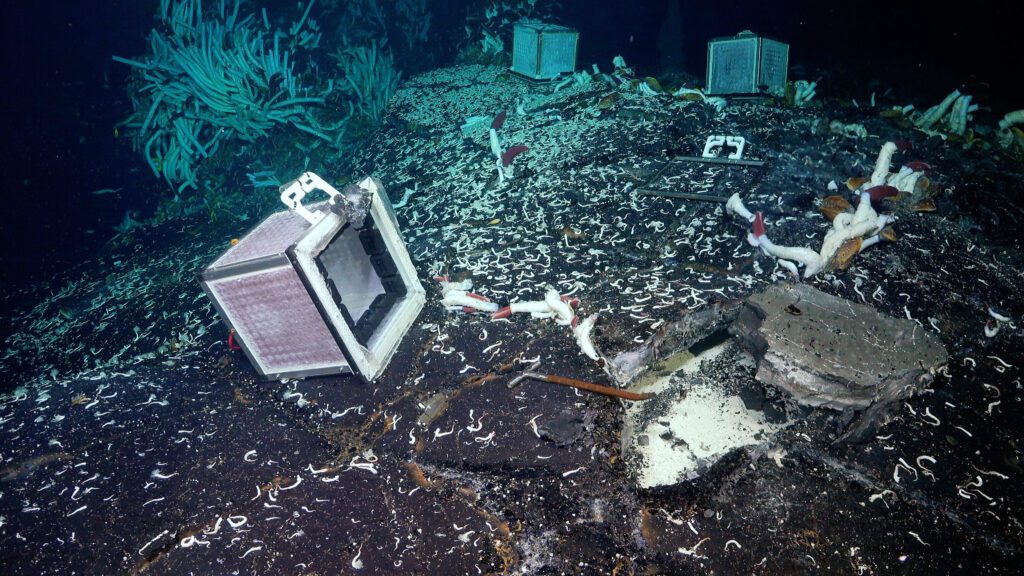
- Dr. Monika Bright, University of Vienna
It’s somewhat poetic: beneath a dark, foreboding seabed, volcanic cavities teem with life. From worms, snails, to chemosynthetic bacteria, they thrive in a rather temperate environment of 75 degrees Fahrenheit. This startling revelation showcases a dichotomous relationship: animals subsisting on the nutrient-rich vent fluids below, while also relying on oxygen from the seawater above.
A particularly intriguing discovery was the tubeworms, often seen as the stalwarts of hydrothermal vent ecosystems. Young tubeworms, seldom spotted in the waters above these vents, seem to have developed a cunning strategy – traveling subterraneously beneath the earth’s crust to establish new hydrothermal communities.
Similar Post
In the broader perspective, this subterranean world questions our current understanding of species dispersal. The scientis, armed with their underwater robot, ROV SuBastian, tested this by sealing mesh boxes over crustal cracks. The subsequent reveal of animal life thriving in these hydrothermal cavities implies not just movement, but actual habitation below.
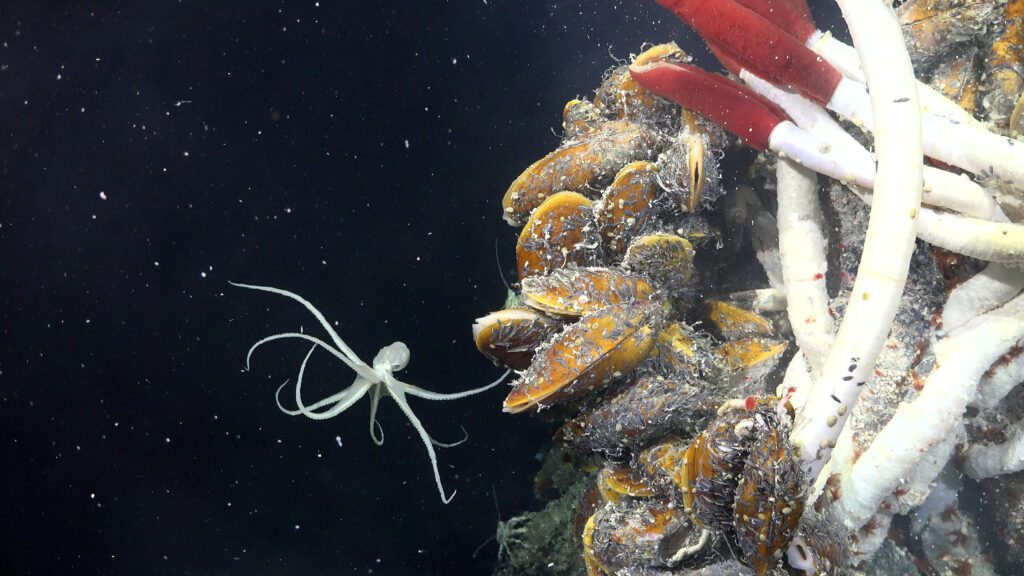
Such findings invariably steer our thoughts towards the impending risks of deep-sea mining. With entire ecosystems hidden under another, the peril of inadvertently damaging such habitats looms large. As Dr. Jyotika Virmani from the Schmidt Ocean Institute poignantly puts it, this discovery exemplifies the wonder of life finding ways in the most unexpected corners. It’s a testament to Earth’s tenacity and the boundless potential it holds.
“On land we have long known of animals living in cavities underground, and in the ocean of animals living in sand and mud, but for the first time, scientists have looked for animals beneath hydrothermal vents. This truly remarkable discovery of a new ecosystem, hidden beneath another ecosystem, provides fresh evidence that life exists in incredible places. Schmidt Ocean Institute is proud to have provided a platform for Dr. Bright and her team to gather new insights into these systems that may be vulnerable to deep-sea mining.”
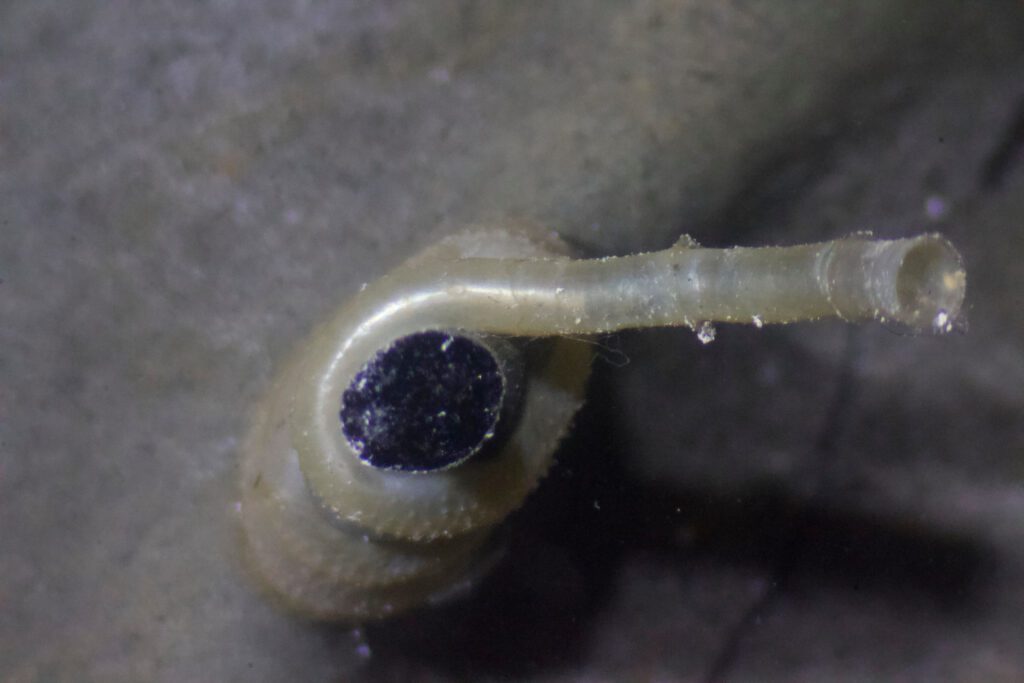
- Dr. Jyotika Virmani, SOI’s Executive Director
Yet, as we continue to breach these hidden sanctuaries, questions arise. Are there intricate links between the microbes and animal life in these hollows? Could there be specific stages in the life cycles of these species that are designed for subseafloor existence? These are questions begging exploration, nudging scientists to delve deeper.
“The discoveries made on each Schmidt Ocean Institute expedition reinforce the urgency of fully exploring our ocean so we know what exists in the deep sea. The discovery of new creatures, landscapes, and now, an entirely new ecosystem underscores just how much we have yet to discover about our Ocean–and how important it is to protect what we don’t yet know or understand.”
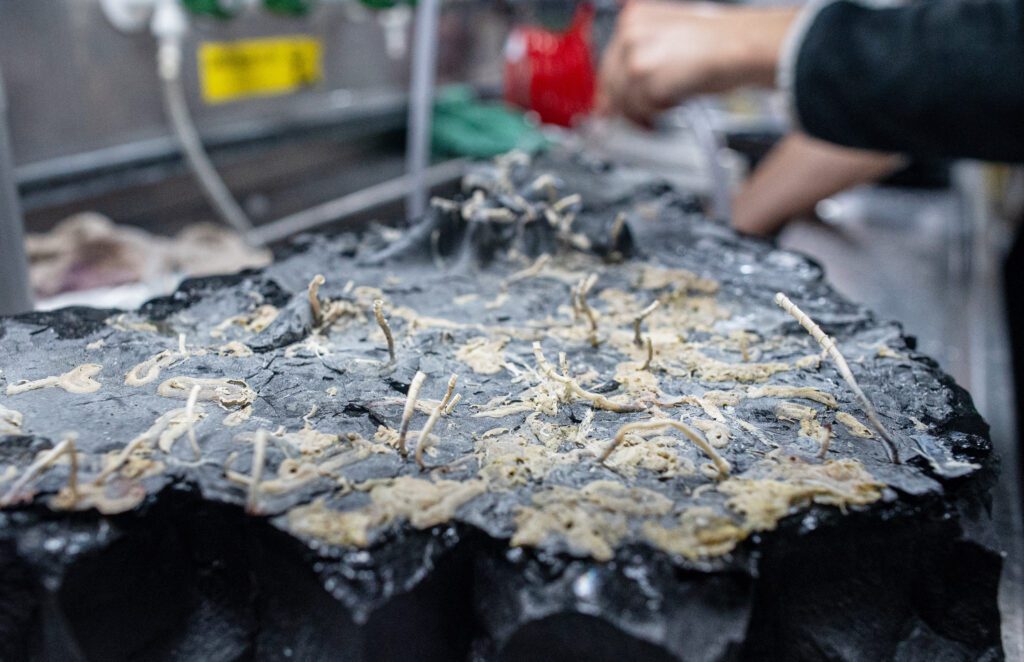
- Wendy Schmidt, President and Co-founder of Schmidt Ocean Institute
In a time when humans are looking to the stars and other planets for signs of life, this discovery is a humbling reminder. Earth still has many secrets up its sleeve. As we unveil these, it’s crucial to approach with both wonder and caution, ensuring we preserve these mysteries for generations to come.



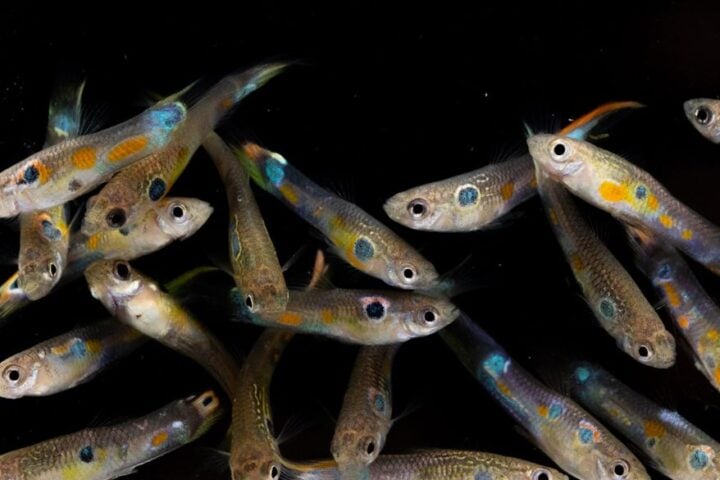



![A male [[Great white shark]] off [[Isla Guadalupe]], [[Mexico]]. Along with many [[Mackerel scad|Mackarel scads]] seen in the background. Photo Source- Terry Goss (CC BY-SA 3.0)](https://www.karmactive.com/wp-content/uploads/2025/06/White_shark-720x480.jpg)
